Not only an expert in the field of Indonesian art and its art scene, Dr Oei Hong Djien also possesses the world’s largest art collection of Modern and Contemporary Indonesian art. Having amassed artworks for three decades, the collection spans over a hundred and fifty years of Indonesia’s art history with paintings, sculptures, installations and new media art. The collection is housed at OHD Museum, a private museum in Magelang, Central Java, founded and owned by the collector; with the aim to aspire the young generation to appreciate and preserve Indonesian art. After graduating from Medical School and inheriting a tabacco company, he soon became an expert on the subject. Collectors, galleries and auction houses at an international level have often used his reviews about the works of Indonesian artists as references.
Larry’s List features an exclusive interview with the world’s most comprehensive collector of Indonesian art, as he enlightens us on the development of the region’s art scene and shares his stellar advice on how to start collecting this genre.
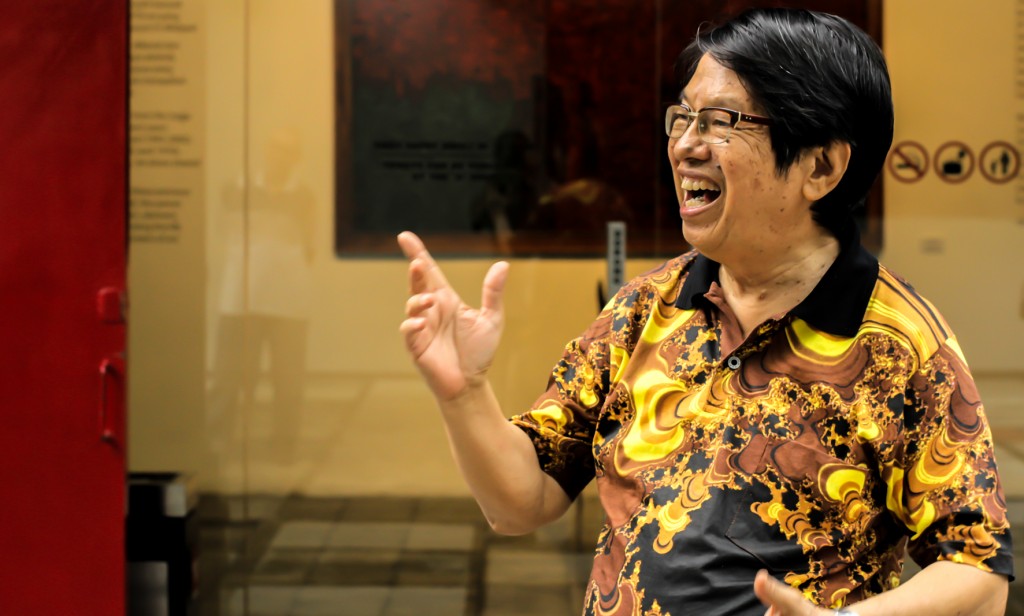
Thoughts on the Collection
How did you come into contact with the arts, considering you were in medical school and inherited a tobacco company? What made you want to start collecting Indonesian art?
I was used to living with paintings since I was a child. The walls of our house were decorated by the works of Dutch artists. Since then, I have always liked art, and I started to buy once I graduated from medical school as a hobby, without the intention of becoming a collector, let alone building a private museum.
Do you remember what your first purchase was?
Yes, I still keep the painting with me, although it is a very insignificant work.
Where do you acquire art works (art fairs, local galleries, auctions…)?
I acquire art works from artists’ studios, local galleries, auctions, art dealers, collectors, art fairs and art exhibitions.
What is your focus regarding the artists in your collection?
My focus is on artist who have been significant to Indonesia’s art history with a particular emphasis on the important pioneers of modern Indonesian art. I also collect emerging artists from the region too.
How would you describe your art collection? Are there certain themes that dominate?
My collection is very historical and comprehensive regarding modern and contemporary Indonesian art. There are no dominating themes but paintings by the pioneers of modern Indonesian art like Affandi, Hendra Gunawan, S. Sudjojono, H. Widayat, Soedibio do dominate.
What is the centerpiece of your collection?
I cannot mention only one. The masterpieces by the pioneers mentioned above would all be the centerpieces of my collection.
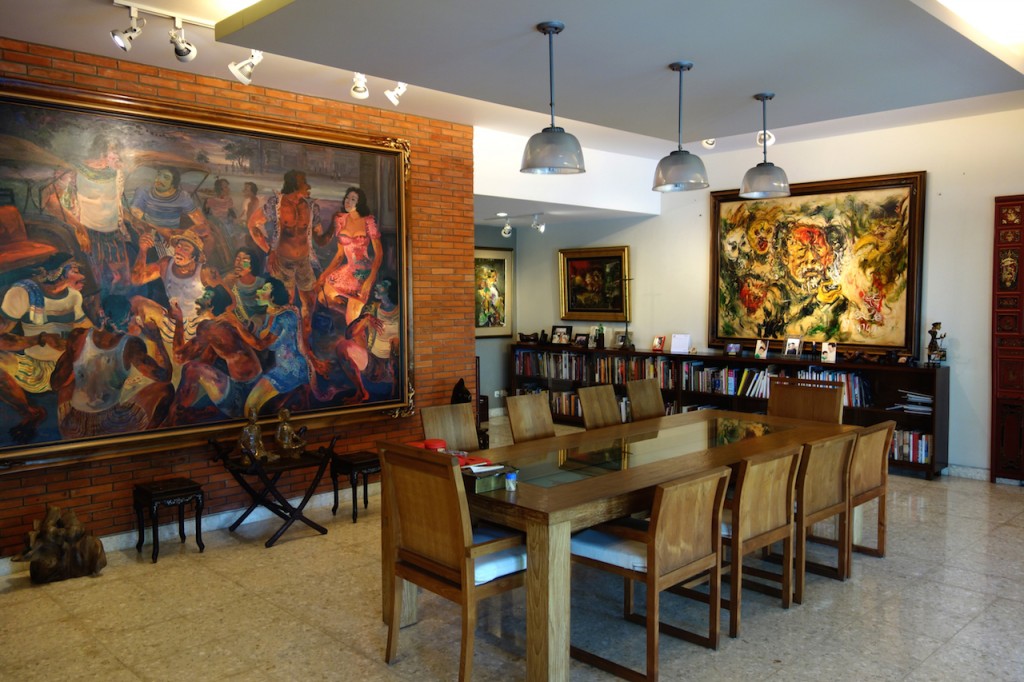
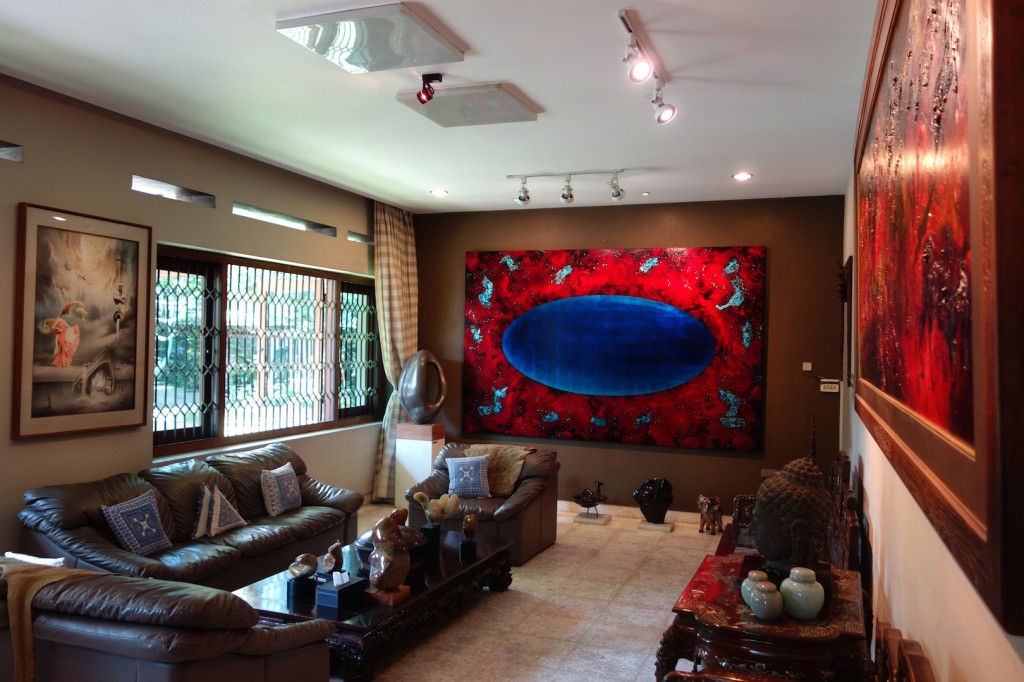
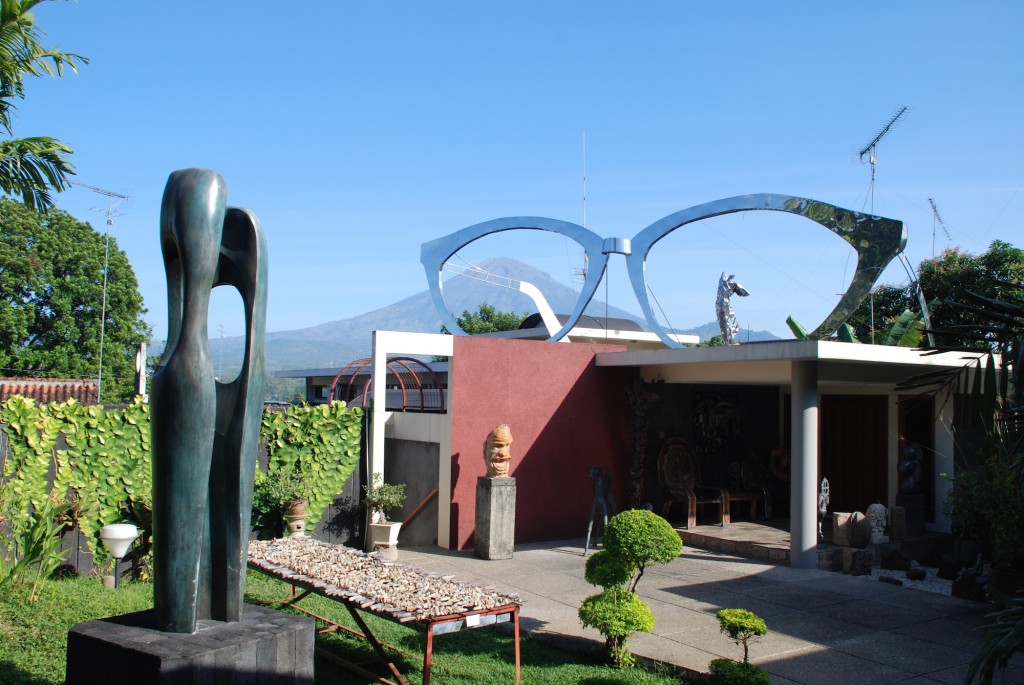
Where do you display your collection?
It is displayed in OHD Museum but I can only display less than 10% at a time.
What are your thoughts on the importance of the art collector in your region?
The art collector in our region plays an important role in the development of Indonesian art. The collectors are the main supporters of artists. By buying their works, the artists could proceed and develop their career. There is no support from the side of the government.
How would you advise art collectors who want to start looking into Southeast Asian or Indonesian art?
Infrastructure is practically lacking. Unlike in the West, there is no representative state museum. The good works of art are in the hands of the collectors. To start looking, you should visit those collectors and see their collection. It is also advisable to visit artists’ studios to know and learn more about them.
What considerations guide you to make a purchase?
When acquiring a work of art, I consider firstly whether the work will give added value to my collection and secondly if its historical value is important enough to add to the museum collection. I also consider works by young emerging talented artists.
In your opinion, when does a work of art become important?
Every artist has works that become the highlights or milestones of his/her career. Those works could have high historical value because of its unique character. If a work of art achieves that level, it becomes important.
Have you made any mistakes during your collecting years?
Collecting is a self-learned process and the best teacher for it is by making mistakes. If I hadn’t made the mistakes I made, I would not have had the collection I have today.
Thoughts on The Art World & Local Art Scene
In a nutshell, how would you describe Indonesian art?
In a nutshell, Indonesian art has a great future because of its diversity in style and content and of its many talented artists. In addition, it is the fourth biggest population of about 250 million people with a bright economic prospect.
How has Indonesian art evolved since the twentieth century?
The art market has changed due to the globalisation. Young Indonesian artists entered the international market following the global trend with their contemporary works. The short period boom from 2007 to 2009 had driven the local prices unreasonably high without acceptable reasons, which finally backfired within less than two years. The aftermath can still be felt even today. However, for the experienced smart artists, that episode facilitated their entry into the international platform, though they still have to work hard to get their works collected by reputable international art museums.
Is there a strong presence of female Indonesian artists?
The male Indonesian artists still dominate the art scene. However, the presence of female artists is becoming stronger and stronger through the years.
What are the main themes and topics found in Indonesian contemporary art today?
The main themes and topics in Indonesian contemporary art are just like in any other parts of the world. Socio-political issues are still present, including newer topics like intra-personal conflict and family related problems, consumerism topics, fiction stories, environmental hazard.
Who are the most popular Indonesian artists today?
Being popular in the market and popular in the discourse are not always the same thing. Those who are most popular in the market are the artists who fetched fantastic prices at auction. They are amongst the living artists such as I Nyoman Masriadi and Christine Ay Tjoe. Those who are most popular in the discourse are the artists with the highest national and international reputation. Amongst the living artists they are Heri Dono, F.X. Harsono, Entang Wiharso, Eko Nugroho. The most popular in both categories are the passed away modern masters: Affandi, S. Sudjojono, Hendra Gunawan, Lee Man Fong.
Sotheby’s 2014 autumn auctions revealed four record-breaking prices for Southeast Asian artists. What do you think of these results? Are we heading towards the right direction?
We cannot make a conclusion from one auction result. We have to do further observation. It is always a good sign when high quality works of art fetch high prices because, compared to the works by Chinese, Japanese and Western artists, the prices for Southeast Asian art are still low even though the quality is high.
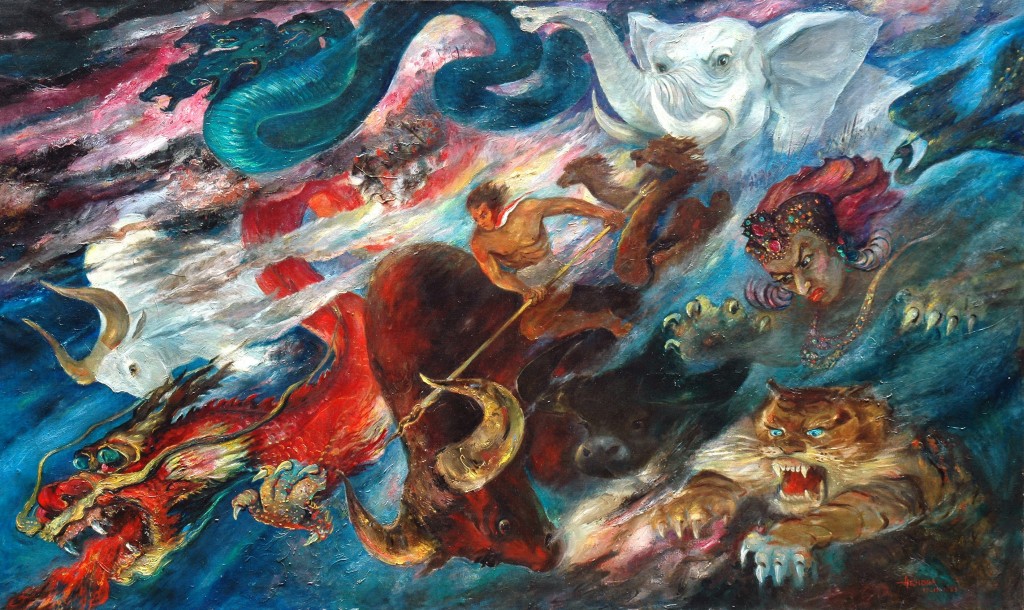
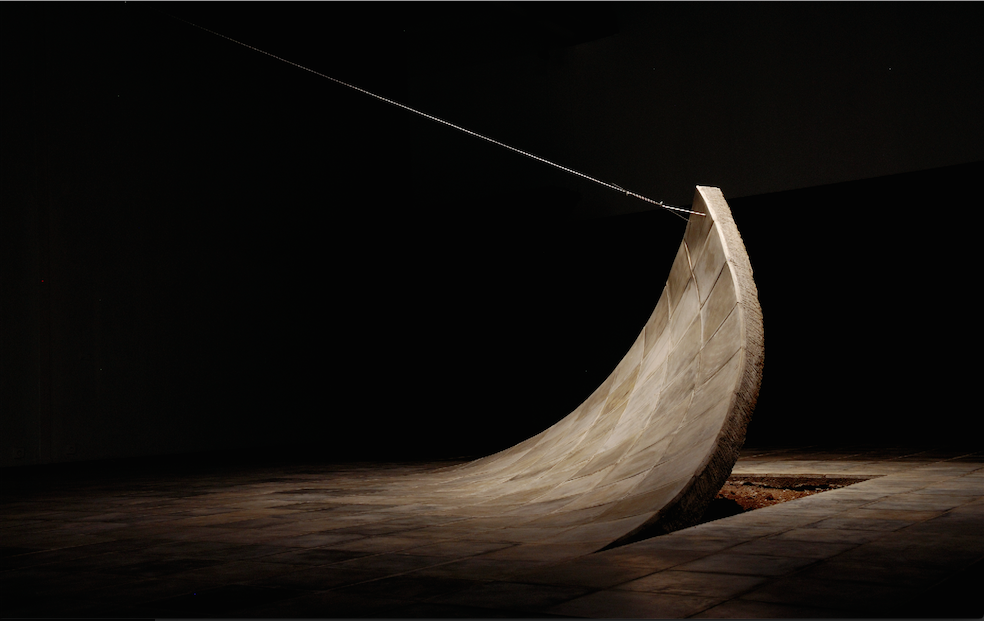
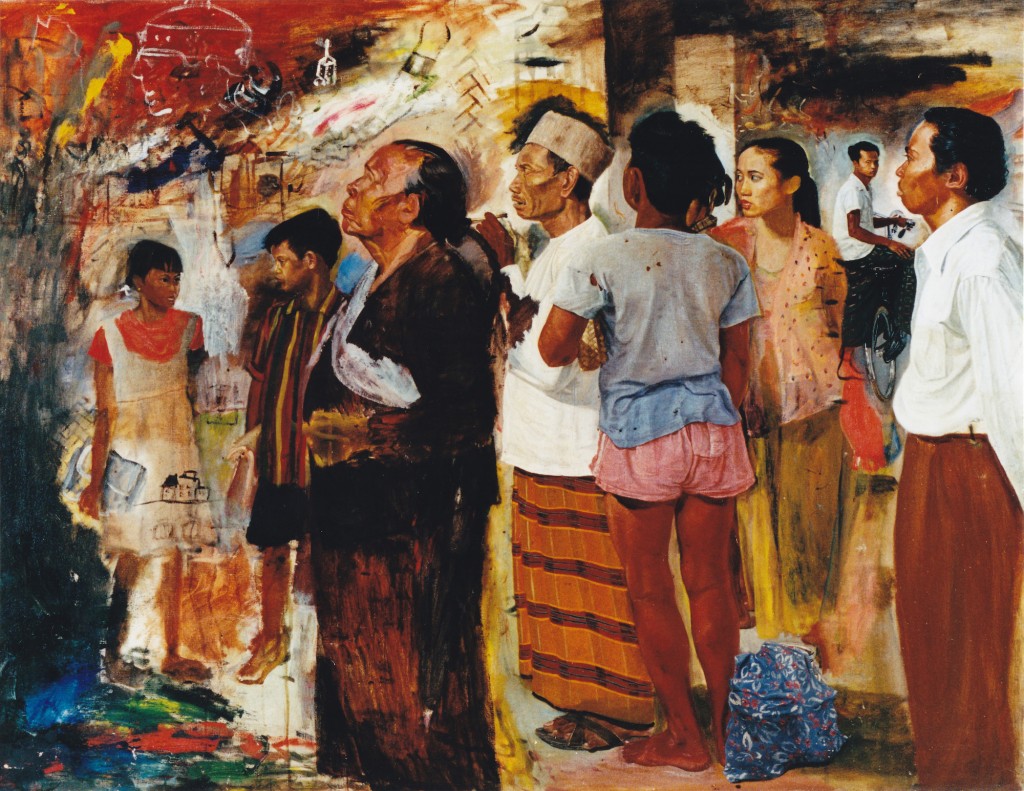
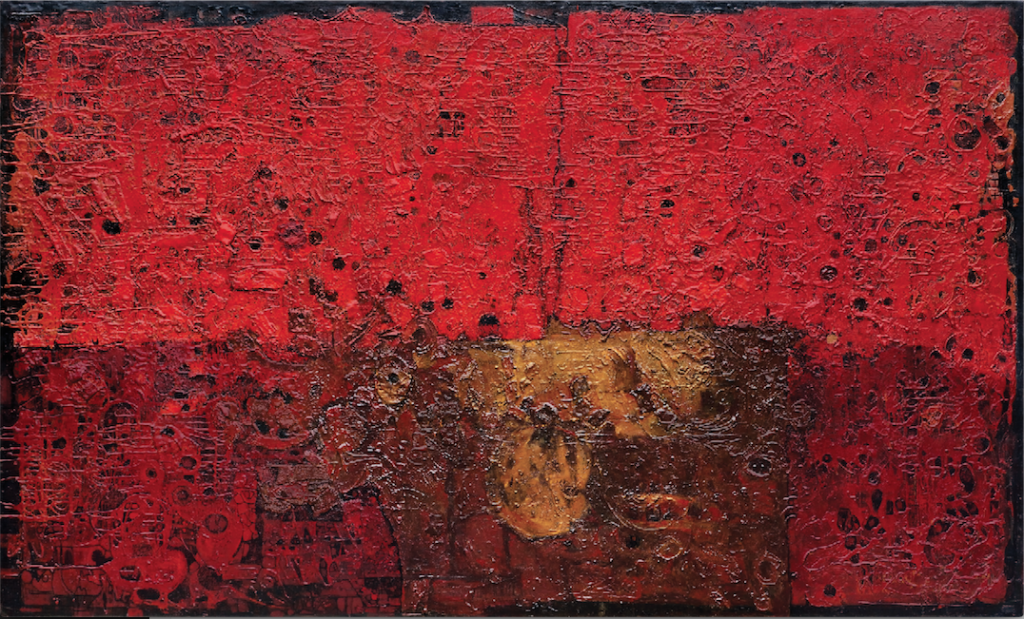
Do you believe auctions are still inflating prices for Southeast Asian art?
It is not that serious like in the previous boom. The buyers become more critical and selective, so there is a correction in that respect.
Which Southeast Asian or Indonesian artists are the least publicised and deserve our attention? Why?
The second tier Indonesian artists, because collectors are looking for blue chips only.
What advice would you give to an artist for him/her to achieve success?
It is now an obsolete idea for an artist to live in isolation. To achieve success an artist should seek international contact and exposure, be total in his/her work and need a professional manager who takes care of the marketing of his/her works.
It was mentioned in an article that a majority of gallery owners in the region are private collectors themselves. How has the gallery scene developed? Do they still hold a primordial position in the Indonesian art gallery scene today?
The development of Indonesian galleries cannot keep up with the progress of the artists and collectors. This is due to the insufficient working capital and professionalism. There has been no significant growth regarding galleries.
How would you advise art collectors who want to start collecting Southeast Asian or Indonesian art?
Collect what you like, not what other people like.
Visit museums, collectors, galleries, auction houses, artists’ studios and other exhibitions to understand the repertoire of Indonesian art.
Make contact with reputable curators and art critics to get their advice.
Be careful in selecting your consultant.
Read the available books on Indonesian art history and artists.
In addition to the above, conduct your own research since there is not much infrastructure which can give sufficient information.
Buy from reliable sources.
What are you especially excited about in regard to art in the next twelve months?
I am always excited about art symposiums, summit or talks where I have to participate actively in; art exhibitions and events where I am involved; and art writings that I plan to do.
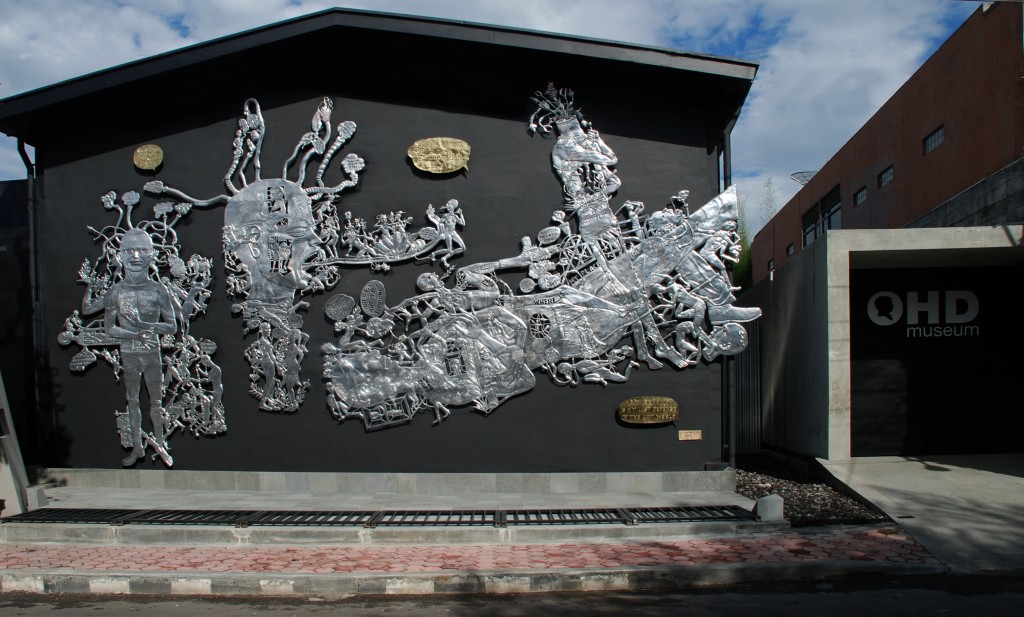
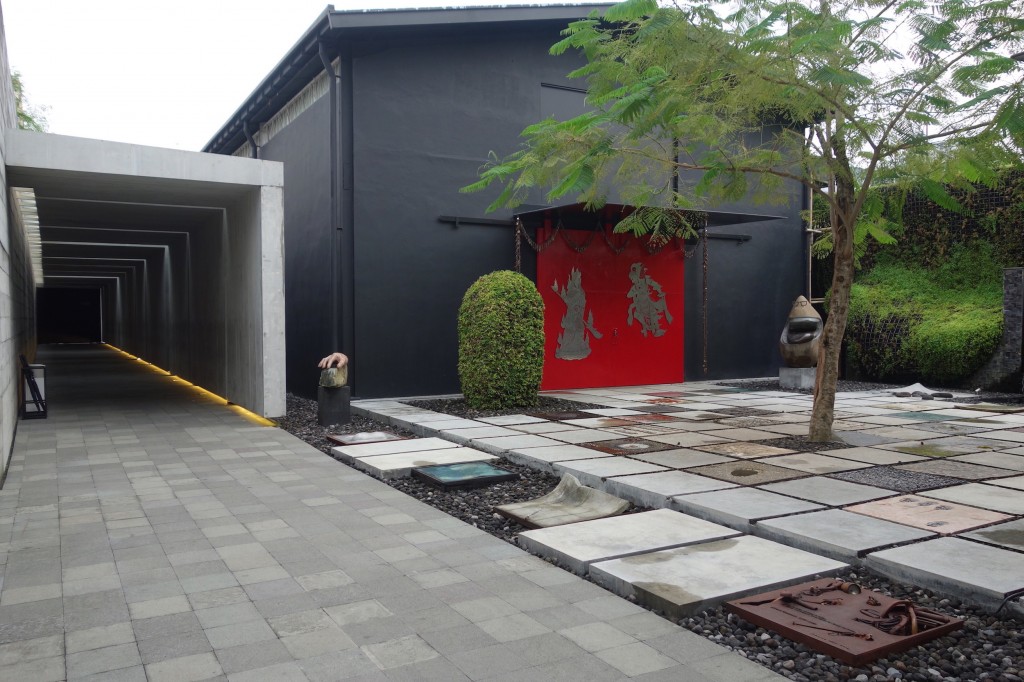
OHD Museum
What was your motivation to open the museum?
As I mentioned previously, our government had not shown interest to build a representative national museum, which is very essential to showcase Indonesian art particularly for educational purposes. The private collector with a good and comprehensive collection has the obligation to undertake this responsibility if we do not want to be left behind by the other Asian countries. It was also to fulfil the wish of the artists.
Why did you choose to open your museum in Magelang, Central Java?
This was due to historical, emotional and practical reasons. I have lived in Magelang since I was born, though there was a time when I studied outside Magelang. This small town has a special place in my heart.
Moreover, Magelang is only 40km away from Yogyakarta, the centre of the arts where most of the great artists had lived or are still living. Because of that, I have an easy access to their works. If I had not lived in Magelang I would not have been able to assemble the collection I have now. Lastly, I believe that art-loving people will visit a good museum, regardless of its location.
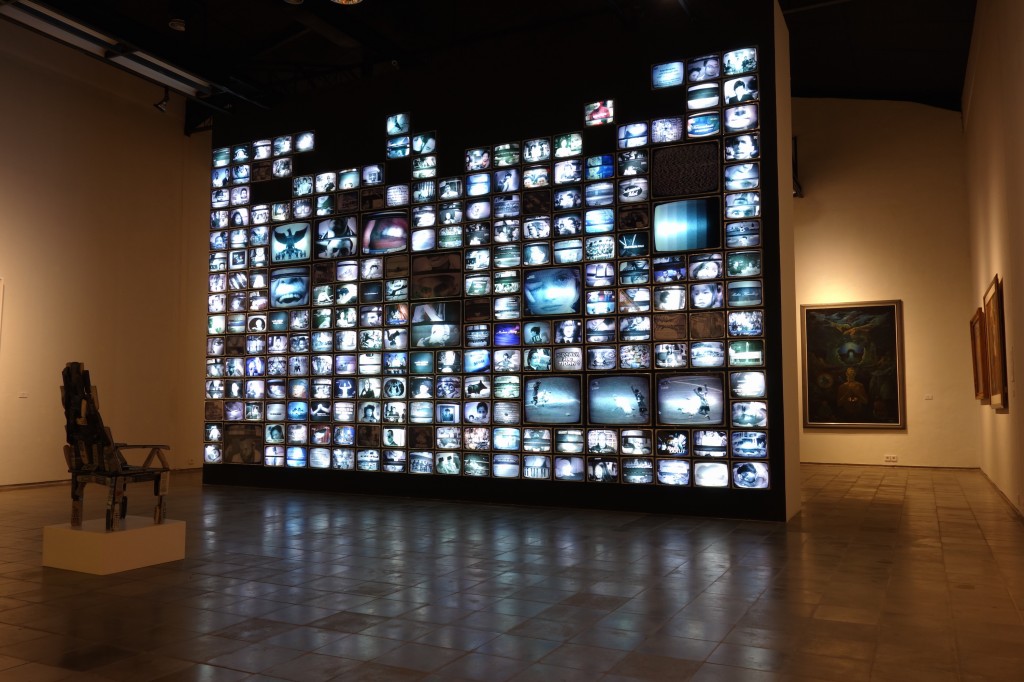
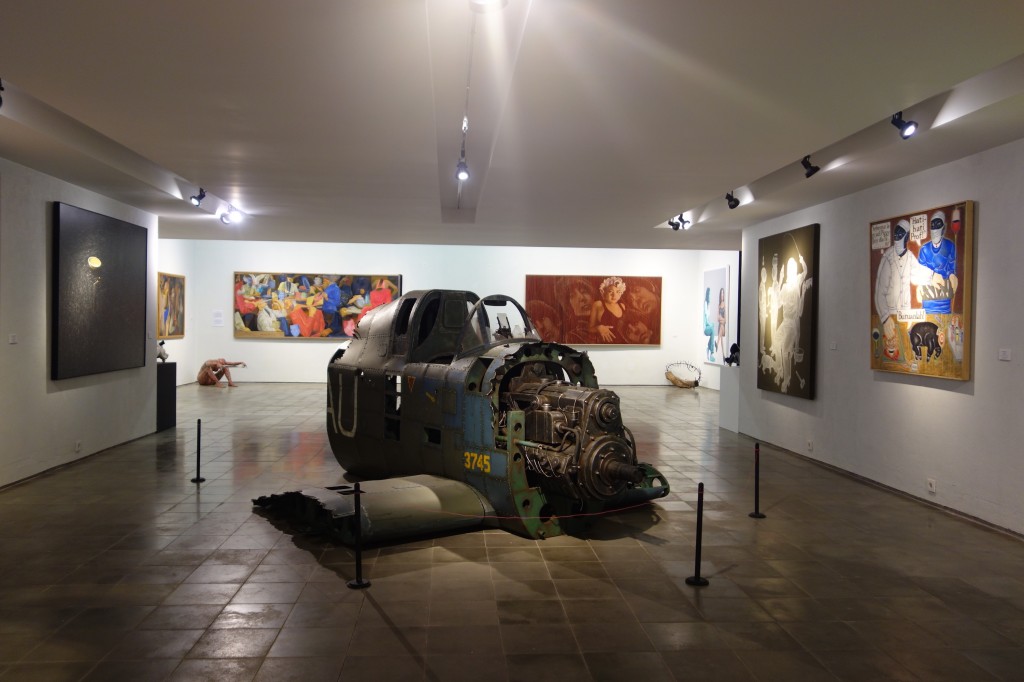
Read more about: OHD Museum
The artists he collects
Affandi
Hendra Gunawan
Rudi Mantofani
Angki Purbandono
Soedibio
S. Sudjono
Yudi Sulistyo
H. Widayat
More…
Claire Bouchara





